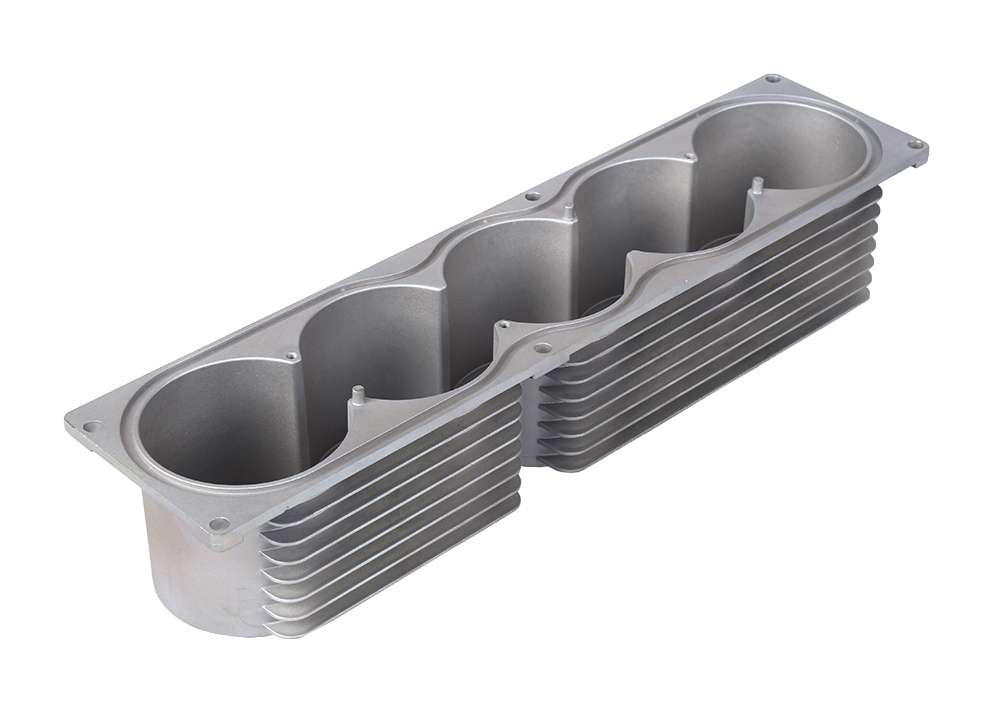Time:2023-02-09 Preview:
1. The strength limit refers to the ability to resist deformation and break under the action of external forces. Common strength restrictions include:
1. Symbol limit: refers to the ratio of the appearance of metal materials under external force to the ratio of its original section.
2. Tensile intensity: refers to the ratio between the larger tensile force between the metal materials and the original cross section.
3. Shear strength: Refers to the relatively large stress of metal material under the action of cutting and force.

2. The ability of metal materials to deform for a long time without causing damage is plastic under the action of external forces. The plastic index commonly used in automatic hardware processing includes:
1. Elm extension: When the metal material is broken under tension, the percentage of the elongation length and the original length is called the elongation.
2. Decreased area: When the metal material is broken under tension, the percentage of the decreased area and the original length is called the area decrease.
3. Cup -shaped test value (stamping depth).
3. Hardness: Metal materials resist more objects that are crushed into it as hardness. Hardware processing hardness is a comprehensive physical quantity of material performance. It represents the ability to resist flexibility deformation, plastic deformation or break in a small volume.
 Related News
Related News·Surface treatment method of metal die castings? ·Can stamping hardware processing can only be stamped with simple parts? ·The processing center processing center processing and changing knives ·How to design the heating and cooling of metal die casting die? ·The basic working principle of CNC machine tool processing ·The advantages and disadvantages of CNC processing different guide rails · CNC machining center manufacturer's operating procedures for gantry machining centers ·How much do you know about the solution to shrinking neck and cracking in precision hardware process ·Analysis of the treatment method of professional CNC processing parts? ·Explain the benchmark selection for machining center positioning?


